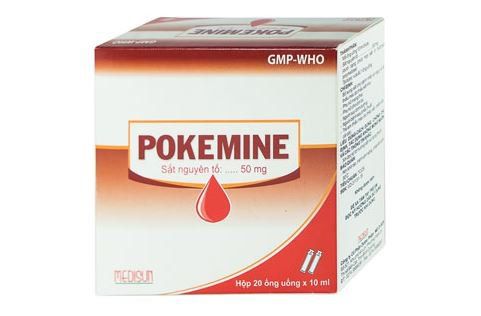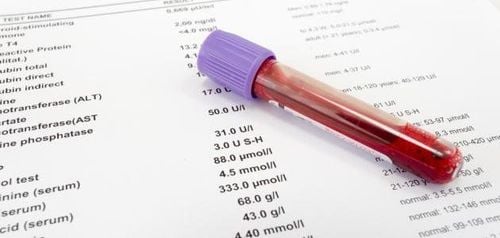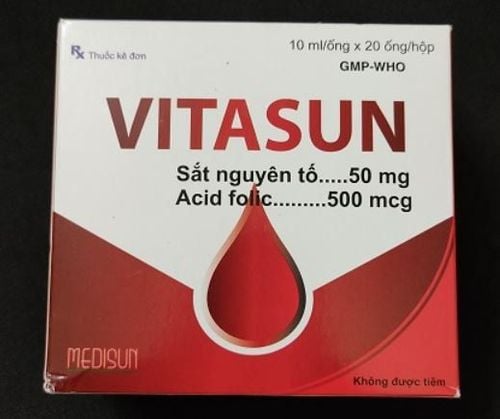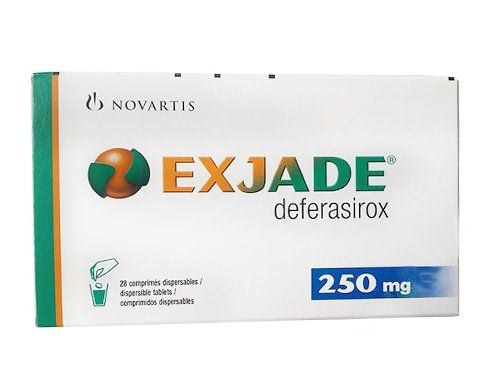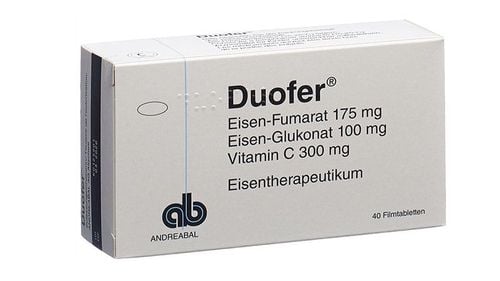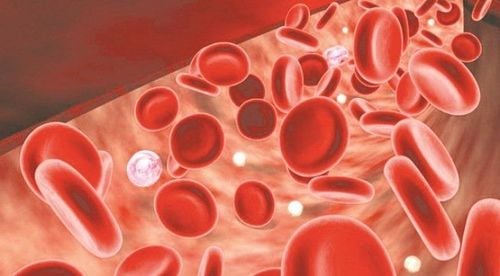This is an automatically translated article.
Iron is a substance that plays an important role in the synthesis of hemoglobin, which is used to transport oxygen to tissues and organs in the human body. In addition, iron is also a component of a number of redox enzymes in cells and is present in myoglobin, the respiratory pigment of muscles. Therefore, iron metabolism is an important process because it affects tissues and organs of the human body.1. Iron content in the human body
About two-thirds of the iron in our body is present in hemoglobin or hemoglobin.
Approximately 30% of iron is stored in ferritin and hemosiderin in the endothelial system in the liver, spleen and bone marrow:
Ferritin plays a major role in iron storage, it is present in the liver, spleen, bone marrow and some cells other cells. The structure of ferritin consists of a protein coat called apoferritin and an iron core. The amount of iron stored in the form of ferritin is about 800mg. Iron stored in ferritin is used for the synthesis of hemoglobin and other heme proteins. In addition, ferritin is present in plasma in very small amounts and stores very little iron. Hemosiderin is the remains of ferritin after being removed by proteins and is produced during lysosome breakdown of ferritin. Unlike ferritin, hemosiderin is insoluble in body fluids and iron is released very slowly from hemosiderin. A small amount of iron is present in the composition of some iron-containing enzymes such as cytochrome, catalase, peroxidase. These iron-containing enzymes are collectively known as ferredoxins with iron attached to sulfur. Most of these enzymes are involved in the body's redox processes.
The remaining small amount of iron is contained in myoglobin, a protein that plays the role of carrying oxygen in muscle tissue. This is a protein whose molecule has a tertiary structure, consisting of 1 Heme and 1 chain of Iron Globin, which is also attached to an iron transport protein called transferrin. Transferrin helps transport iron from one organ to another in the body. In the normal population, about one-third of the iron-binding sites of transferrin contain iron, and in abnormal conditions such as those with thalassemia, a small amount of iron will not bind to transferrin but migrate in the serum.
2. Iron absorption and transport
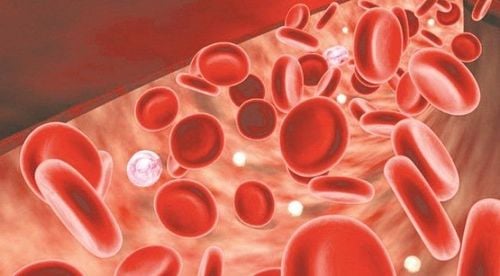
Thiếu sắt trong cơ thể làm tăng khả năng hấp thu sắt
2.1 Iron absorption Iron in food is in the ferric form (Fe3+), which can be inorganic or organic iron. Iron can also be in the form of a hydroxide or conjugated to a protein. Iron is abundant in plant-based foods, eggs and milk. The average daily diet contains about 10-15 mg of iron. But only about 5-10% of the iron in the above is absorbed into the body for normal people. As for people with iron deficiency, pregnant women or cases of increased iron requirements, about 20-30% of the above iron will be absorbed.
Factors that increase iron absorption are:
Iron in the form of ferrous (Fe2+) Inorganic iron Acidic environment such as HCl, vitamin C Soluble factors such as amino acids Iron deficiency in the body Increases synthesis of red blood cells Increased iron needs like pregnant women Hemochromatose Factors that reduce iron absorption are:
Iron in the form of ferric (Fe3+) Organic iron Alkaline environment Precipitating factors such as phosphates, phosphates Excess iron Decreased erythrocyte synthesis Chronic infection, inflammation, Use of iron chelators Iron absorption begins in the stomach but occurs most in the diaphragm and duodenum and to a lesser extent in the early small intestine. Iron converts from the ferric Fe3+ form to the ferrous Fe2+ form to be absorbed into the human body. Pepsin separates iron from organic compounds and binds to amino acids and sugars. Hydrochloric acid has reduced Fe3+ to Fe2+ for easy absorption in the body.
In addition, vitamin C also plays a similar role in iron absorption. To control the absorption of iron and the amount of iron absorbed into the portal vein, it depends on two factors: the body's iron needs and the body's iron stores. If there is an iron deficiency, a large amount of iron will be absorbed into the intestinal mucosal cells and into the blood, and finally to the portal vein. If there is an overload of iron, the amount of iron absorbed into the intestinal mucosa is also reduced. In addition, iron in the case of excess absorption will combine with apoferritin to produce ferritin in the cytoplasm of intestinal mucosal cells. Then, ferritin will be released into the intestinal lumen when the intestinal epithelium is shed.
2.2 Iron transport Transferrin is an iron transporter, synthesized in the liver and has a half-life of 8-10 days. The structure of transferrin can bind to 2 iron atoms and one third of the iron binding sites of transferrin will bind to iron. Transferrin takes up and transports iron from macrophages of the endothelial system and from gastrointestinal iron absorption. Then, the erythrocytes also take up iron to participate in the synthesis of hemoglobin from transferrin. In addition, some iron is also delivered to non-red blood cells, which are some iron-containing enzymes. With iron overload, the amount of iron in the blood plasma increases and transferrin saturates, so that iron is transported to the parenchyma of the liver, heart, and endocrine glands, causing signs of iron stagnation.
3. Iron metabolism
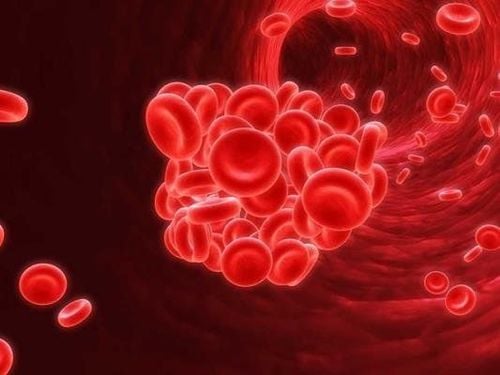
Rối loạn chuyển hóa sắt sẽ gây ra những hậu quả bệnh lý nghiêm trọng
Daily iron metabolism takes place as follows: when red blood cells die, iron from hemoglobin will be transferred to macrophages with an amount of iron of 20mg/day. Transferrin then picks up the iron there to transport to the bone marrow to provide the erythrocytes to synthesize new hemoglobin. The amount of iron lost each day is compensated by the amount of iron in food through the digestive tract. In addition, the amount of iron contained in food is also absorbed and metabolised in red blood cells.
With iron content in the human body distributed in important organs such as the liver, spleen and bone marrow, the daily iron metabolism in the body is very important. If there is a disorder of iron metabolism, it will cause serious pathological consequences.
Please dial HOTLINE for more information or register for an appointment HERE. Download MyVinmec app to make appointments faster and to manage your bookings easily.




